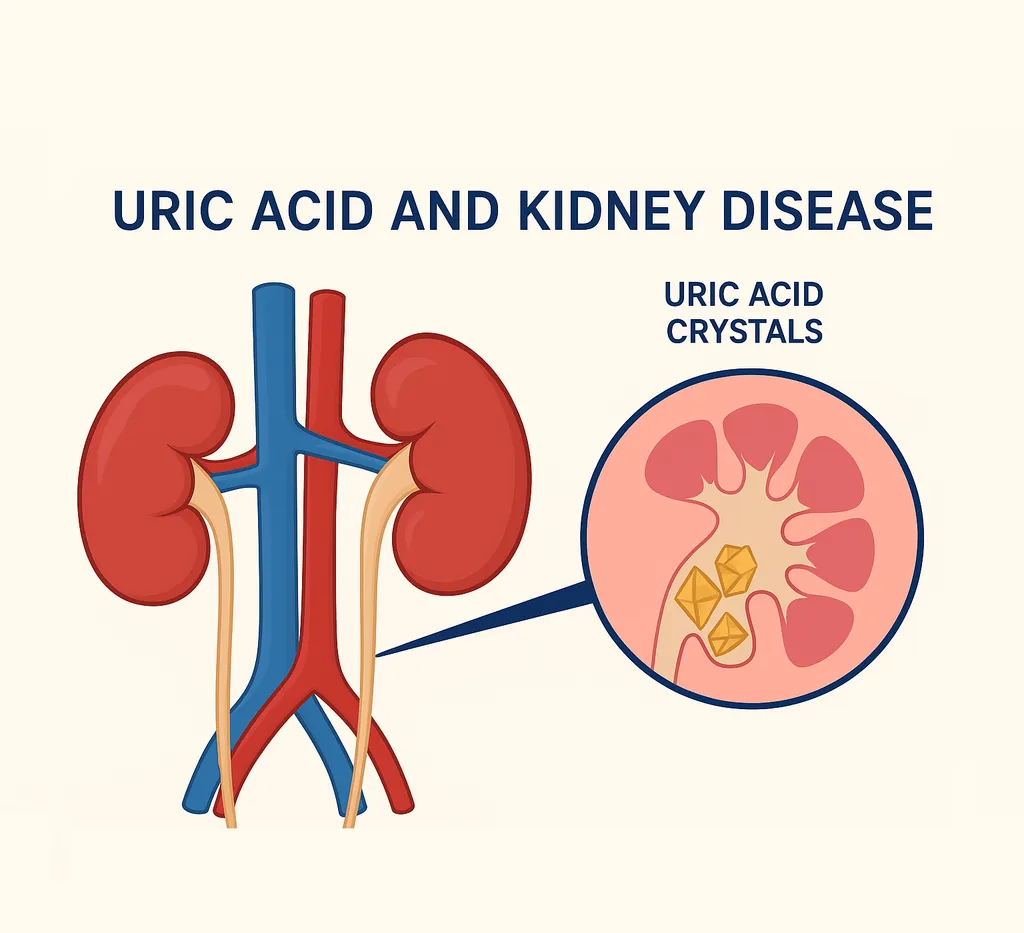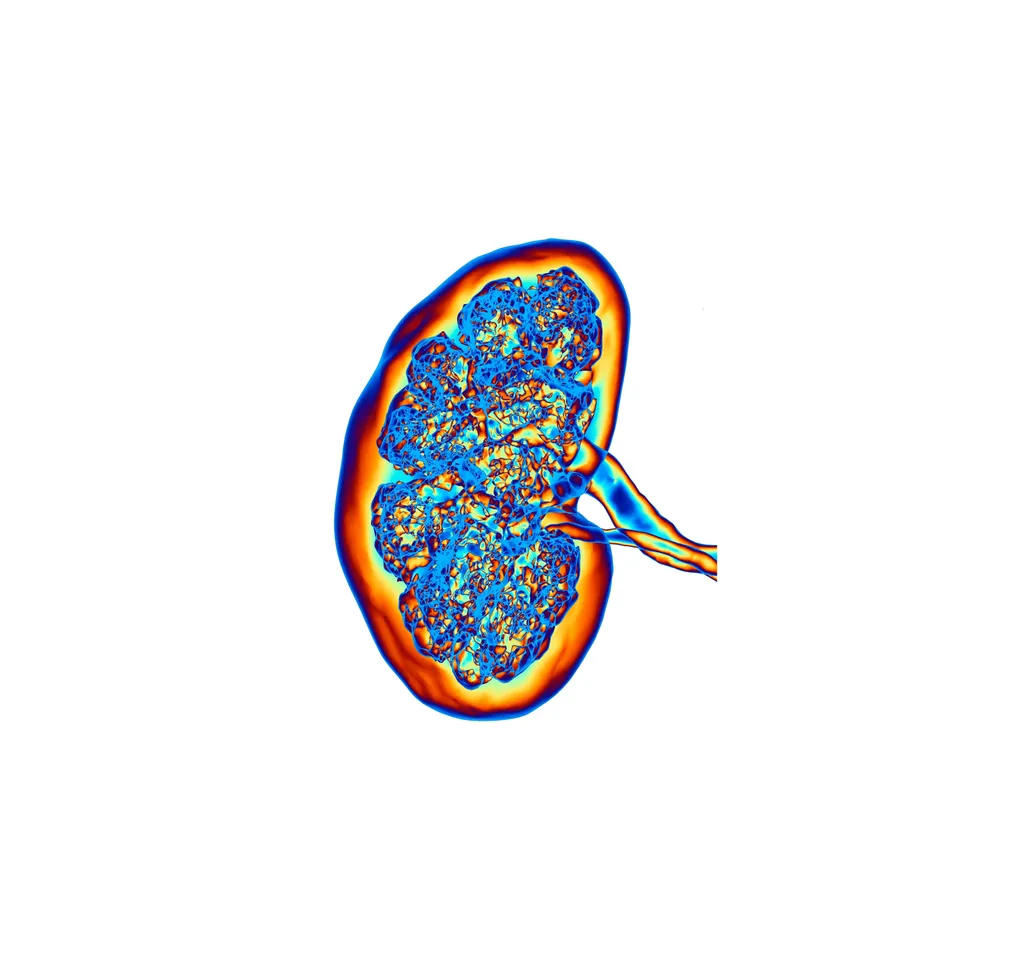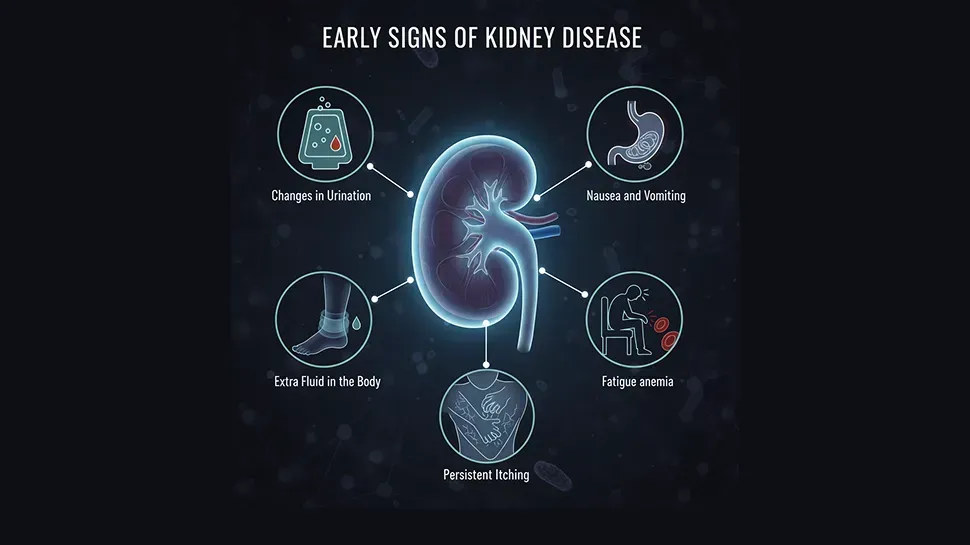What Is Dialysis?
Dialysis is a palliative treatment which is needed when the kidneys stop working correctly (kidney failure). Kidneys clean your body of unwanted toxins, waste products and excess fluids by filtering your blood. Once the kidneys stop working, the body will fill with waste and fluids, causing an imbalance that can threaten life. Dialysis can take the place of some kidney fuction, and along with medication and appropriate care, help you live longer.
There are two types of dialysis, each of them have their advantages and disadvantages. We will explain both types and their charateristics so you can know which is better for your specific needs.
Haemodialysis:
Before haemodialysis can begin, you will need to have a minor procedure to create a direct connection to your bloodstream. There are a few ways to go about this:
Fistula: Which is created in your arm by combining an artery with a vein, and consequently creates a much larger and stronger blood vessel.
Graft: A plastic tube that connects an aretery and vein underneath the skin.
Cathedar: A flexible tube that is inserted in a vein in the neck or next to your groin.
Durning Haemodialysis you will be placed in a chair. The healthcare professional will place two needles in your arm which are connected to a machine that slowly draws out your blood and sends it through a dialyzer, which acts as kidneys, and filters out excess waste and fluid. The filtered blood is subsequently sent back into the body via the second needle.
You can get dialysis treatment at the hospital or a specific dialysis center, lasting 3-5 hours per session, three times a week.
Peritoneal dialysis
Peritoneal dialysis uses the lining of your belly to filter our blood. For this to occur, a cathedar is placed near your navel. The dialysis is completely manual.
You will use the cathedar to transfer dialysis solution which is composed of salt and other additives. It's purpose is to soak up waste and toxins in your body. After the filtration process you drain out the excess into a seperate bag. This process is called "exchange".
There are two ways that the exchanges take place:
Continuous Ambulatory Peritoneal Dialysis (CAPD)
When a machine is used to drain the dialysis solution after the filtering process was done.
Characteristics:
- You manually switch the bag by hand. Typically 4 to 5 exchanges per day
- The exchangse can be done in any clean place, including your home
- You can do your normal activitiew while the dialysate dwells in your abdomen
Continous Cycling Peritoneal Dialysis (CCPF) or Automated Peritoneal Dialysis (APD):
This process uses a machine (automated cycler) that executes numerous exchanges at night while you sleep.
Characteristics:
- No connections are needed during the day
- You must stay connected to the machine for approximately 10-12 hours at night
- Lower connections and disconnections, thus lower the risk of peritonitis
- Dialysis should be a painless procedure. If there is any pain or discomfort you should contact your doctor immediately
In 2018, 785,883 Americans had kidney failure, and needed dialysis or a kidney transplant to survive (2 in every 1,000 people). 554,038 of these patients received dialysis to replace kidney function and 229,887 lived with a kidney transplant.
Dialysis is a palliative treatment which is needed when the kidneys stop working correctly (kidney failure). Kidneys clean your body of unwanted toxins, waste products and excess fluids by filtering your blood. Once the kidneys stop working, the body will fill with waste and fluids, causing an imbalance that can threaten life. Dialysis can take the place of some kidney fuction, and along with medication and appropriate care, help you live longer.
There are two types of dialysis, each of them have their advantages and disadvantages. We will explain both types and their charateristics so you can know which is better for your specific needs.
Haemodialysis:
Before haemodialysis can begin, you will need to have a minor procedure to create a direct connection to your bloodstream. There are a few ways to go about this:
Fistula: Which is created in your arm by combining an artery with a vein, and consequently creates a much larger and stronger blood vessel.
Graft: A plastic tube that connects an aretery and vein underneath the skin.
Cathedar: A flexible tube that is inserted in a vein in the neck or next to your groin.
Durning Haemodialysis you will be placed in a chair. The healthcare professional will place two needles in your arm which are connected to a machine that slowly draws out your blood and sends it through a dialyzer, which acts as kidneys, and filters out excess waste and fluid. The filtered blood is subsequently sent back into the body via the second needle.
You can get dialysis treatment at the hospital or a specific dialysis center, lasting 3-5 hours per session, three times a week.
Peritoneal dialysis
Peritoneal dialysis uses the lining of your belly to filter our blood. For this to occur, a cathedar is placed near your navel. The dialysis is completely manual.
You will use the cathedar to transfer dialysis solution which is composed of salt and other additives. It's purpose is to soak up waste and toxins in your body. After the filtration process you drain out the excess into a seperate bag. This process is called "exchange".
There are two ways that the exchanges take place:
Continuous Ambulatory Peritoneal Dialysis (CAPD)
When a machine is used to drain the dialysis solution after the filtering process was done.
Characteristics:
- You manually switch the bag by hand. Typically 4 to 5 exchanges per day
- The exchangse can be done in any clean place, including your home
- You can do your normal activitiew while the dialysate dwells in your abdomen
Continous Cycling Peritoneal Dialysis (CCPF) or Automated Peritoneal Dialysis (APD):
This process uses a machine (automated cycler) that executes numerous exchanges at night while you sleep.
Characteristics:
- No connections are needed during the day
- You must stay connected to the machine for approximately 10-12 hours at night
- Lower connections and disconnections, thus lower the risk of peritonitis
- Dialysis should be a painless procedure. If there is any pain or discomfort you should contact your doctor immediately
In 2018, 785,883 Americans had kidney failure, and needed dialysis or a kidney transplant to survive (2 in every 1,000 people). 554,038 of these patients received dialysis to replace kidney function and 229,887 lived with a kidney transplant.
Get the Latest Kidney Disease Updates, Delivered to You.
By subscribing to the HealthTree newsletter, you'll receive the latest research, treatment updates, and expert insights to help you navigate your health.
Together we care.
Together we cure.
3x Faster.




